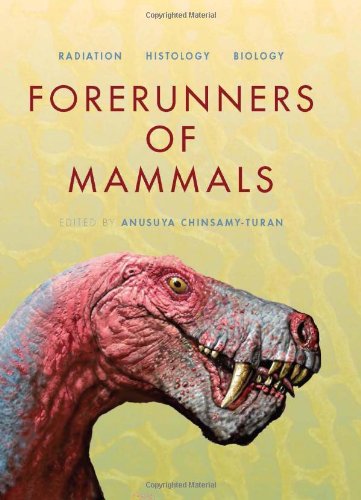

Most ebook files are in PDF format, so you can easily read them using various software such as Foxit Reader or directly on the Google Chrome browser.
Some ebook files are released by publishers in other formats such as .awz, .mobi, .epub, .fb2, etc. You may need to install specific software to read these formats on mobile/PC, such as Calibre.
Please read the tutorial at this link: https://ebookbell.com/faq
We offer FREE conversion to the popular formats you request; however, this may take some time. Therefore, right after payment, please email us, and we will try to provide the service as quickly as possible.
For some exceptional file formats or broken links (if any), please refrain from opening any disputes. Instead, email us first, and we will try to assist within a maximum of 6 hours.
EbookBell Team

4.8
44 reviewsAbout 320 million years ago a group of reptiles known as the synapsids emerged and forever changed Earth’s ecological landscapes. This book discusses the origin and radiation of the synapsids from their sail-backed pelycosaur ancestor to their diverse descendants, the therapsids or mammal-like reptiles, that eventually gave rise to mammals. It further showcases the remarkable evolutionary history of the synapsids in the Karoo Basin of South Africa and the environments that existed at the time. By highlighting studies of synapsid bone microstructure, it offers a unique perspective of how such studies are utilized to reconstruct various aspects of biology, such as growth dynamics, biomechanical function, and the attainment of sexual and skeletal maturity. A series of chapters outline the radiation and phylogenetic relationships of major synapsid lineages and provide direct insight into how bone histological analyses have led to an appreciation of these enigmatic animals as once-living creatures. The penultimate chapter examines the early radiation of mammals from their nonmammalian cynodont ancestors, and the book concludes by engaging the intriguing question of when and where endothermy evolved among the therapsids.